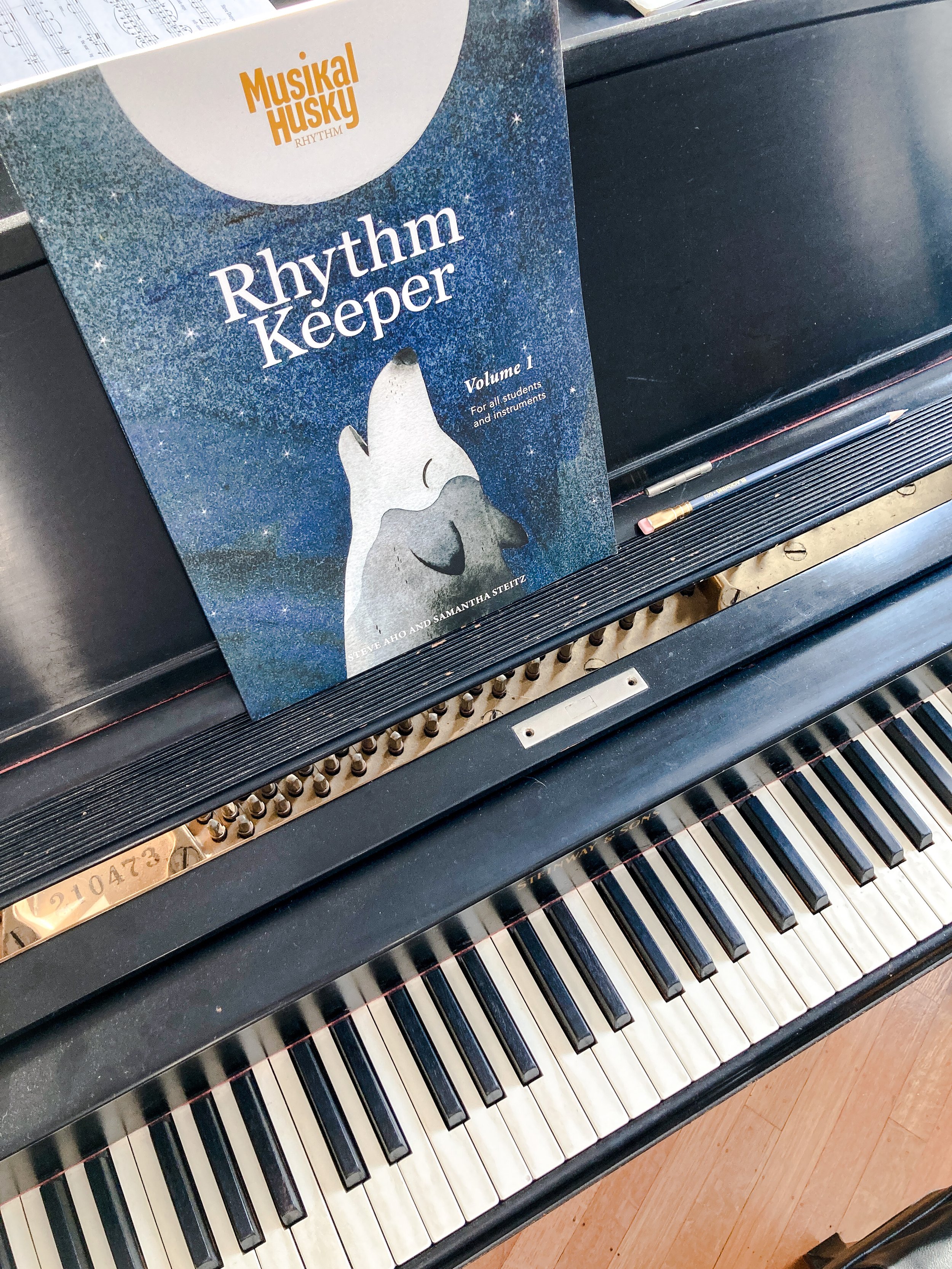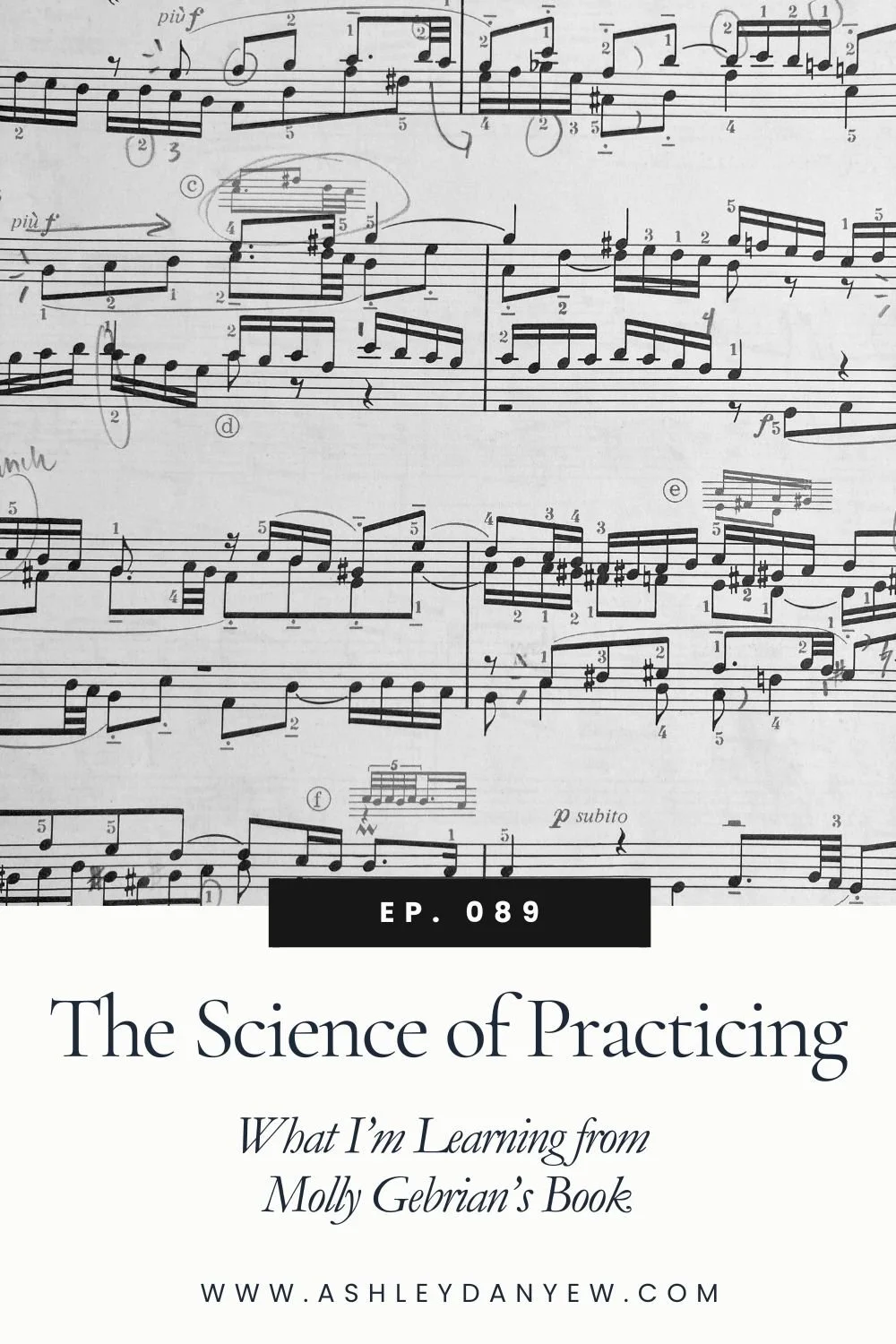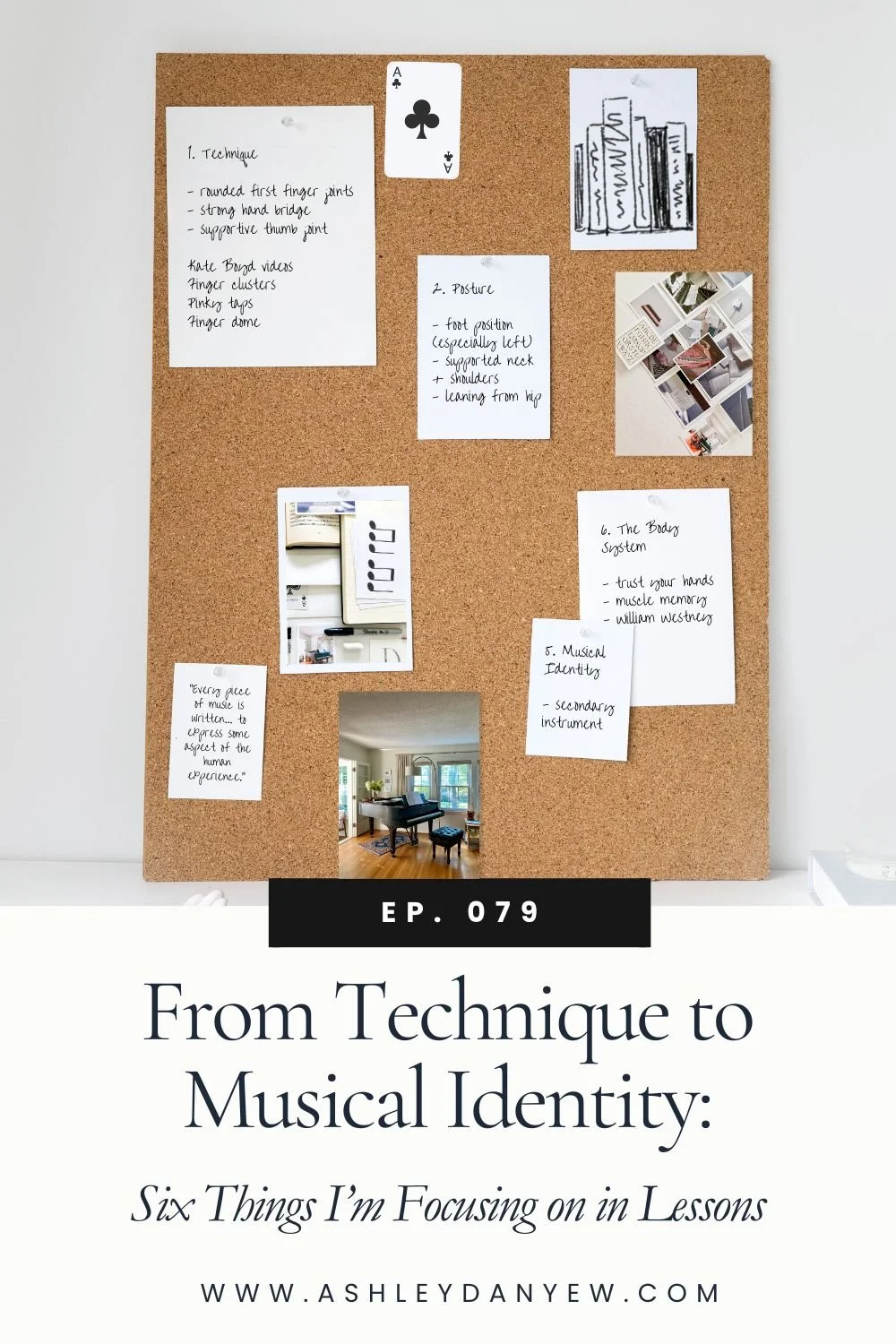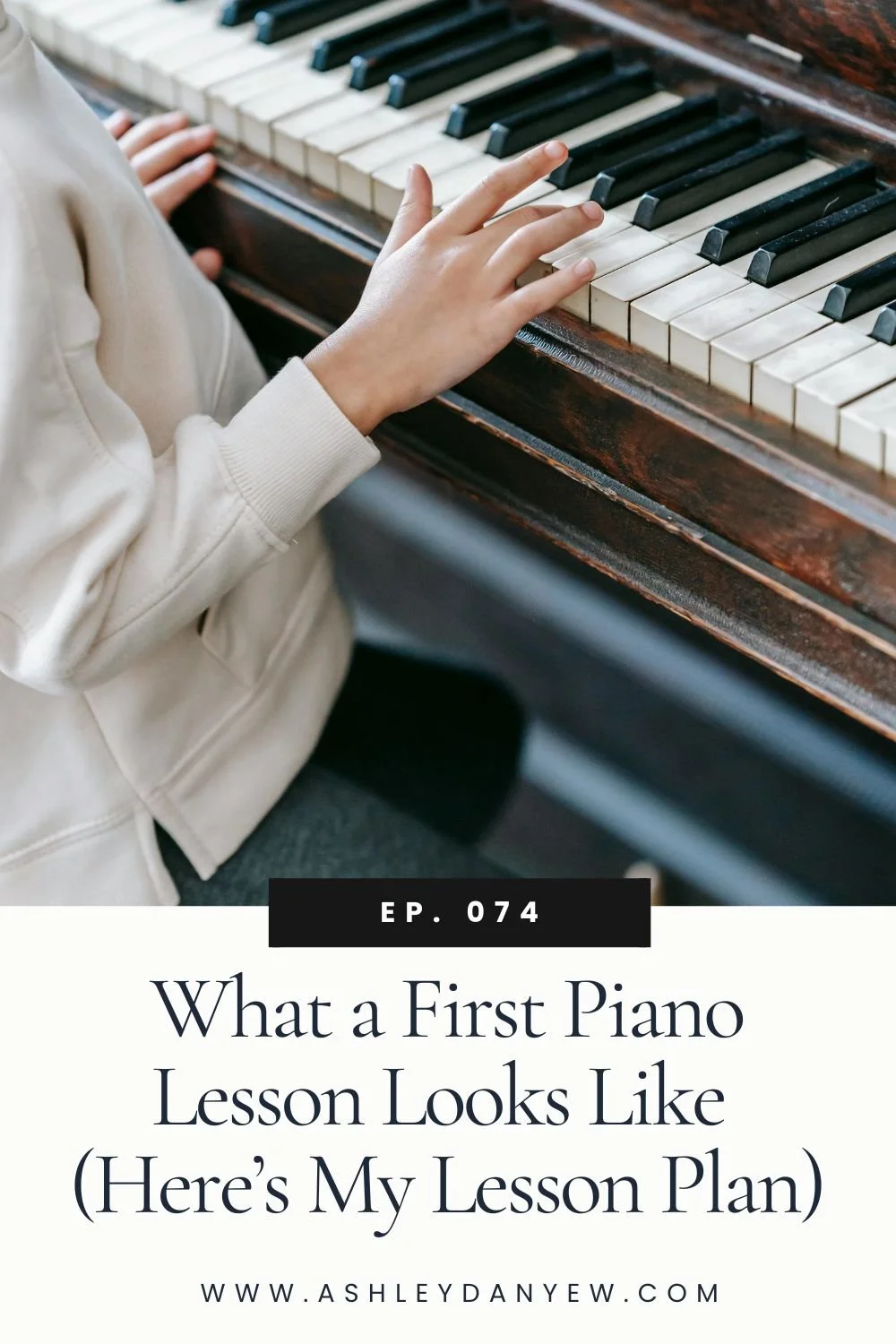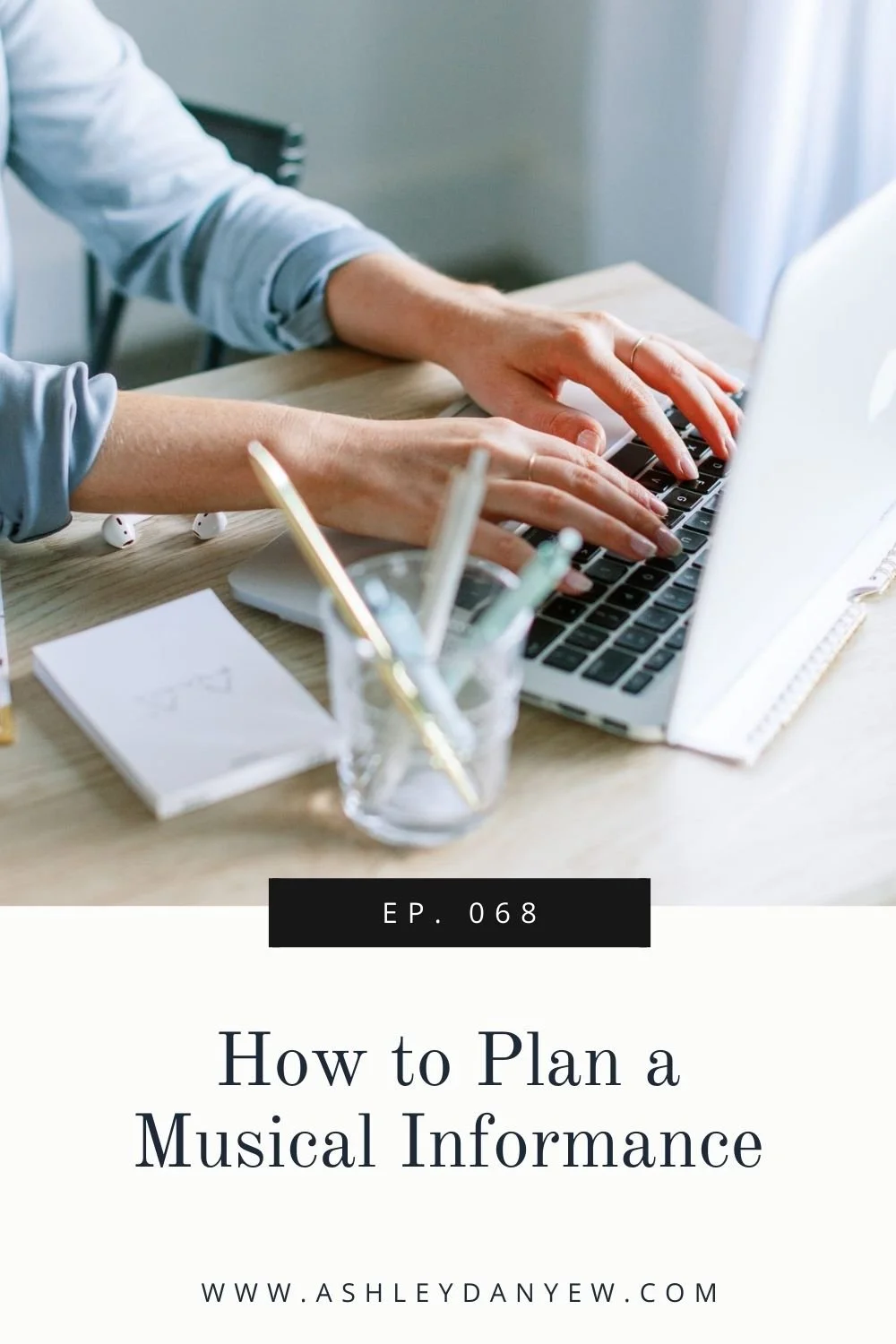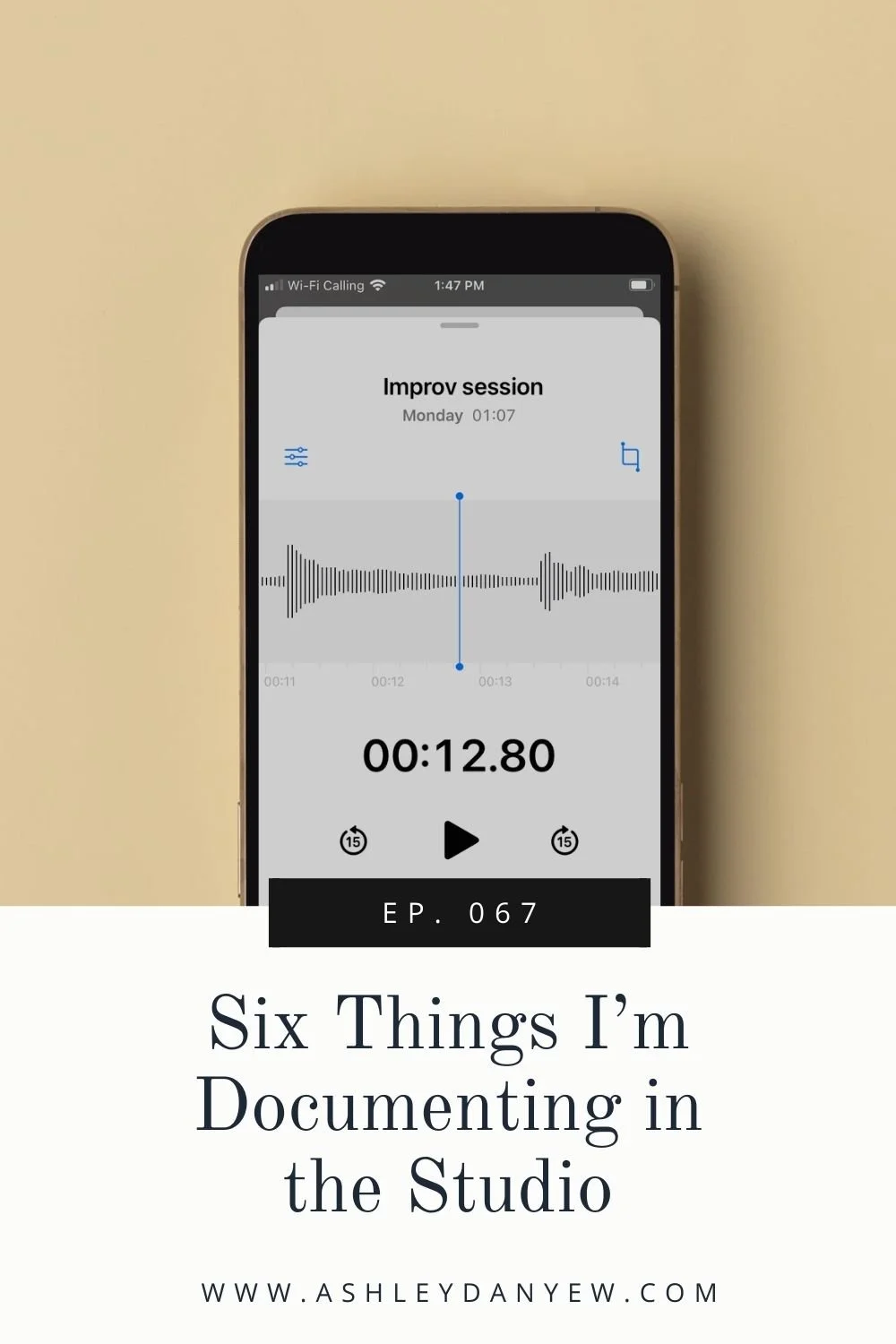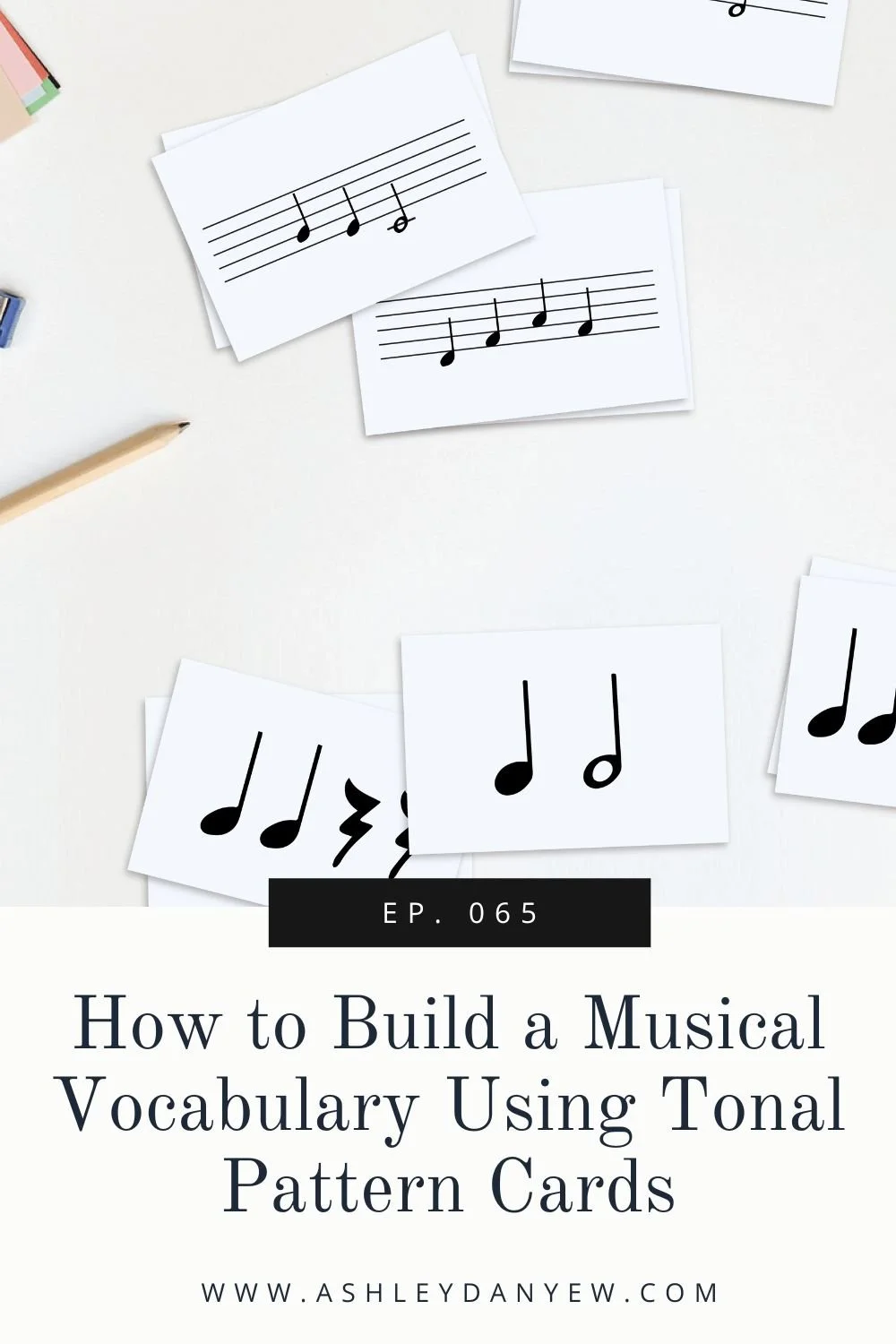Resources Mentioned
*Disclosure: I get commissions for purchases made through links in this post.
A Piano Teacher's Legacy (Richard Chronister)
The Perfect Wrong Note: Learning to Trust Your Musical Self (William Westney)
Rhythm Keeper, Vol. I (Musikal Husky, Steve Aho & Samantha Steitz)
Happy New Year!
The change in the calendar year reminds us that there are things in life that ebb and flow. There's comfort in that familiar rhythm, the cyclical nature of our seasons, our routines. What does the beginning of a New Year signify for you? What kind of season are you in right now?
I recognized recently that I’m in a season of learning.
Of course, I am still actively teaching five days a week, but at the same time, I'm reflecting, jotting down stories and realizations at the end of the teaching day—things I'd like to do differently next time or things I didn't plan but observed or participated in that ended up teaching me something as well as my student.
I'm reading and incorporating a few new teaching approaches and testing them out in particular lessons. I'm studying new repertoire and brushing up on my music history to share with my intermediate students this semester. I'm also embracing being a beginner in something outside of music.
This season is marked by experimentation—that desire to try something new, play with it, and study the results. How does it work? How does it feel? What are the benefits and challenges? What will I do differently next time?
In his book, A Piano Teacher's Legacy, Richard Chronister wrote, “Now and then, we need to become our own pedagogy teachers and create situations that tell us something about our teaching. We can only do that if we find ways to stand back and observe ourselves in as objective a way as possible.”
Do you go through seasons like this, where you want to explore and uncover new ways of doing things? Where you want to study something, take it apart, and put it back together? Where you want to remind yourself what it feels like to be a beginner?
Here are four ways I'm embracing experimentation in my music teaching this season.
No. 1 - Reframing mistakes
I recently finished reading William Westney's wonderful book, The Perfect Wrong Note: Learning to Trust Your Musical Self. I have lots of stars in the margins. Once I organize my thoughts, I have lots to share about this book. I'm hoping to put some of his ideas and strategies into practice in my studio in the coming months and report back on what I learn. (See? Very much in an experimenting mode right now.)
One of the main premises of the book is reframing mistakes.
We tend to think of mistakes as something that went wrong, something that wasn't supposed to happen, something that wouldn't have happened if we were more prepared or focused or capable, etc. Instead, Westney advocates for thinking of mistakes as surprises or simply unexpected events. Often, this is a way for the body, a physical system, to communicate with the brain, an analytical system, and say, "I don't know this yet. Can I have a little more time to learn?"
I tried this reframing approach with a 4th-grade student last week.
When she played a wrong note, she said, "Oops!" and went back to correct it. When I asked her why she thought that happened, she blamed it on her parents for not supervising her practice! I calmly explained that it had nothing to do with her parents, but instead was a way for the fingers to say to the brain, "I need a little more help here."
Think about this in your own performance. Instead of feeling bad or getting frustrated by a mistake, step back and observe the situation holistically: What is your body trying to tell you?
P.S. If you're looking for books to add to your reading list this year, here’s my book list for 2023. If you're looking for more creativity and business-related books, see the Musician & Co. book list for 2023.
No. 2 - Developing a new skill
I bought myself a set of Blackwing Pencils in December (Merry Christmas to me). These pencils were used by famous creatives, artists, and musicians including Walt Disney and Leonard Bernstein, so I feel like I'm in pretty good company.
The other day, I wanted to spend some time sketching for the first time. I told Steve that I was excited to try something new with my art, but also intimidated by the outcomes. This isn't something I'd done before, so the results were unknown. I probably wouldn't like my first sketches, since I don't have much experience or training. What if I spend this time trying it and don't like how it turns out? What if it makes me feel incapable as an artist?
In that moment, I was reminded of what it feels like to be a beginner.
So, in the spirit of experimentation, I did it anyway (for research purposes). I reminded myself that this is what it feels like to take risks, which is important to the creative process. As uncomfortable as I felt, the purpose was simply to experiment and try something new. There was no pressure to show my work to anyone or have a finished product in the end.
The result? I let myself relax and get lost in the experience of sketching—learning how the pencil felt on the paper, how to loosen my grip, how to look closely at shapes and shadows.
As professionals, we don't often get to experience being a beginner in music. It's hard for us to remember what it was like the first time we encountered something that felt risky. But outside of music, whether it's painting or baking a soufflé, or learning German, we can perhaps experience some of what our students experience as they develop new skills in music. What does it feel like to start something new, to begin again, to try something for the first time?
No. 3 - Listening and self-directed learning
One of my students, Aaron, the 1st grader I mentioned in Episode 051, is very artistic. I've been experimenting with ways for him to connect art and music in his lessons. Fortunately, his primary lesson book includes a coloring page in each unit with corresponding listening suggestions: thoughtful or happy, cheerful or peaceful, gentle or joyful.
Aaron's lesson is back-to-back with his older brother Mark and I've noticed that he's often curious about the music and activities Mark is doing. I'm experimenting with inviting Aaron to stay in the room instead of waiting in the hall with his dad.
When I ask Mark to look for patterns in the rote piece we're learning, Aaron will come and look over his shoulder at the score. When we do a two-handed sight-reading activity, I ask if Aaron would like to do the (simple) LH part.
I'm careful to make sure this doesn't become too distracting and that it doesn't take away from Mark's experience.
Last week, Aaron drew Mary and a little lamb based on an audiation activity we did in his lesson that day. After 20 or so minutes, he asked quietly if he could see the rhythm pattern cards we used so he could add them to his artwork. After that, he took my whole stack of rhythm cards and laid them out on the floor in rows. Then, he spent the rest of the lesson time copying the patterns onto a blank piece of paper.
All this while listening to and absorbing the music from Mark's lesson.
No. 4 - Introducing new musical activities into lessons
Here are a few things I'm experimenting with right now:
A gentle warm-up
This is another concept from William Westney's book. He describes the importance of reacquainting the body, fingers, and mind with playing your instrument each day. The best way to do this is through something that feels natural and relaxed.
Beyond physical warm-ups such as stretching, shaking out the hands, neck rolls, shoulder rolls, and things that get the blood circulating, Westney advises that the first notes you play be "simple, abstract, improvised warm-ups, not industrious routines full of structure and repetition." Approach this time with curiosity and a sense of discovery. Notice how it feels, how it sounds.
What if we invited our students to warm up in their own way at lessons? What if we didn't start with technical warm-ups or sight-reading or even their favorite review piece, but let them explore and discover the instrument on their own for a moment?
I asked a student to do this last week and for a moment, she seemed paralyzed.
"Play what? What should I do?" she asked. I sat down next to her and placed my hands on the keys and started playing something with a gentle rocking motion in each hand—a way of engaging each finger with a warm, mezzo-forte sound. She quickly joined me and began her own improvised warm-up.
Musical movement
Westney begins his book by talking about the significance of a Dalcroze Eurythmics class he took when he was three years old. The power of music and movement is strong but these experiences are often limited in a 1:1 setting.
What if we used movement as a teaching strategy for introducing a new piece? Comparing meters? An aid for dictation? What if we used it to help our students embody gradual dynamic changes, analyze varying phrase lengths, or experience the last note of the phrase being the softest?
Building a strong rhythmic foundation
We know the importance of developing a sense of steady beat and awareness of rhythm patterns. This is something we do in every lesson, whether it's analyzing and marking patterns in a new piece, sight-reading rhythm exercises, clapping and counting, pointing and counting, or tapping and counting.
But is it enough? Especially for transfer students who haven't always had these rhythm experiences in every lesson?
One thing I'm experimenting with this year is incorporating more rhythm experiences in lessons using the rhythm curriculum, Rhythm Keeper, Vol. I. This book includes hundreds of step-by-step progressive rhythm exercises for students of all ages (and instruments) to learn rhythmic reading with subdivision. Exercises range from quarter and half notes to eighth and sixteenth notes, triplets, ties, and compound meters.
I'm looking forward to incorporating this method into my teaching this year and studying the results in my studio.
I’d love to hear from you:
So that is a glimpse of what I am learning, what I’m experimenting with, and how I’m exploring new ways of doing and being in my teaching practice.
Are you experimenting with things in your studio this year? What are you studying, learning, or observing?




